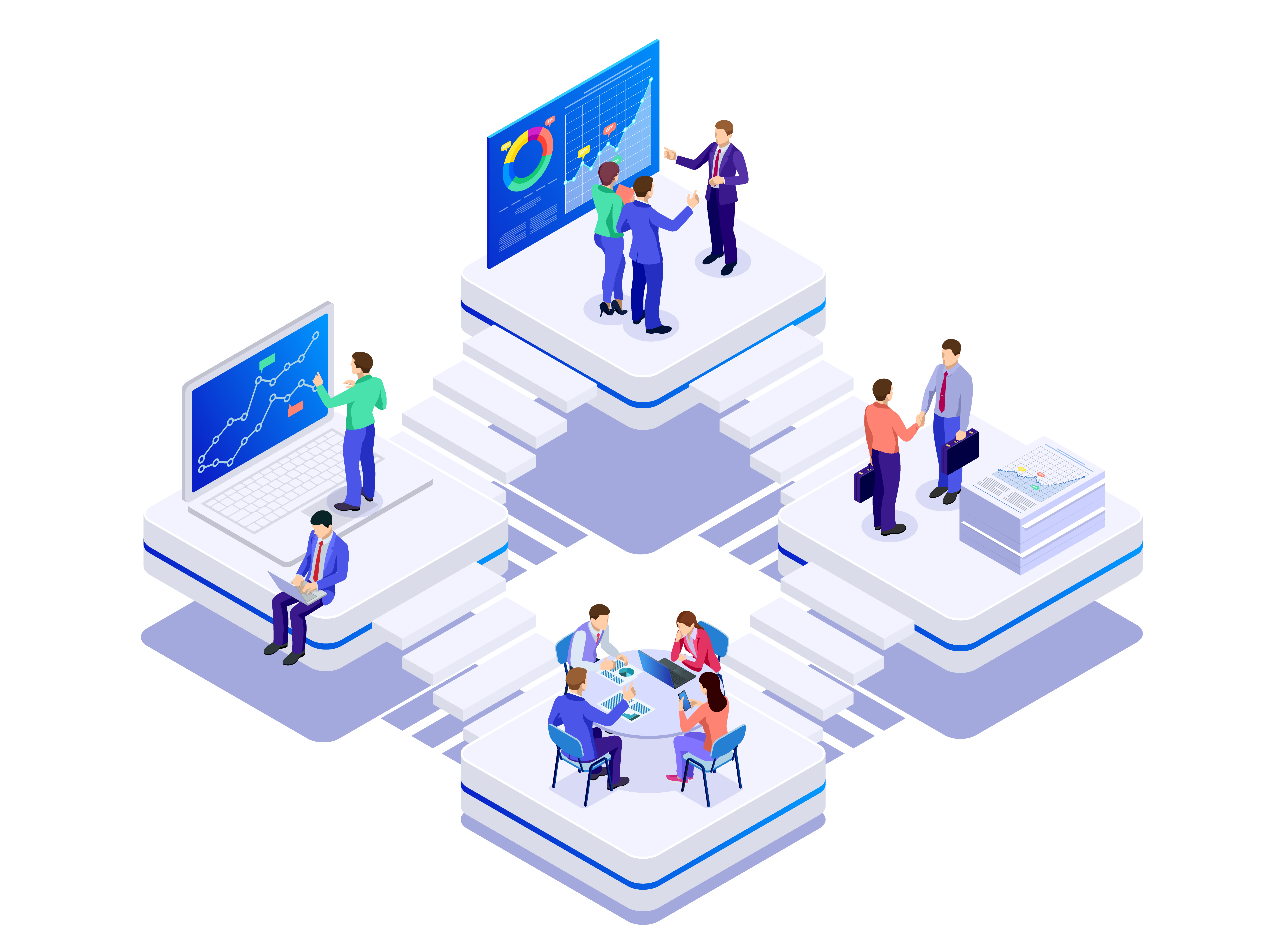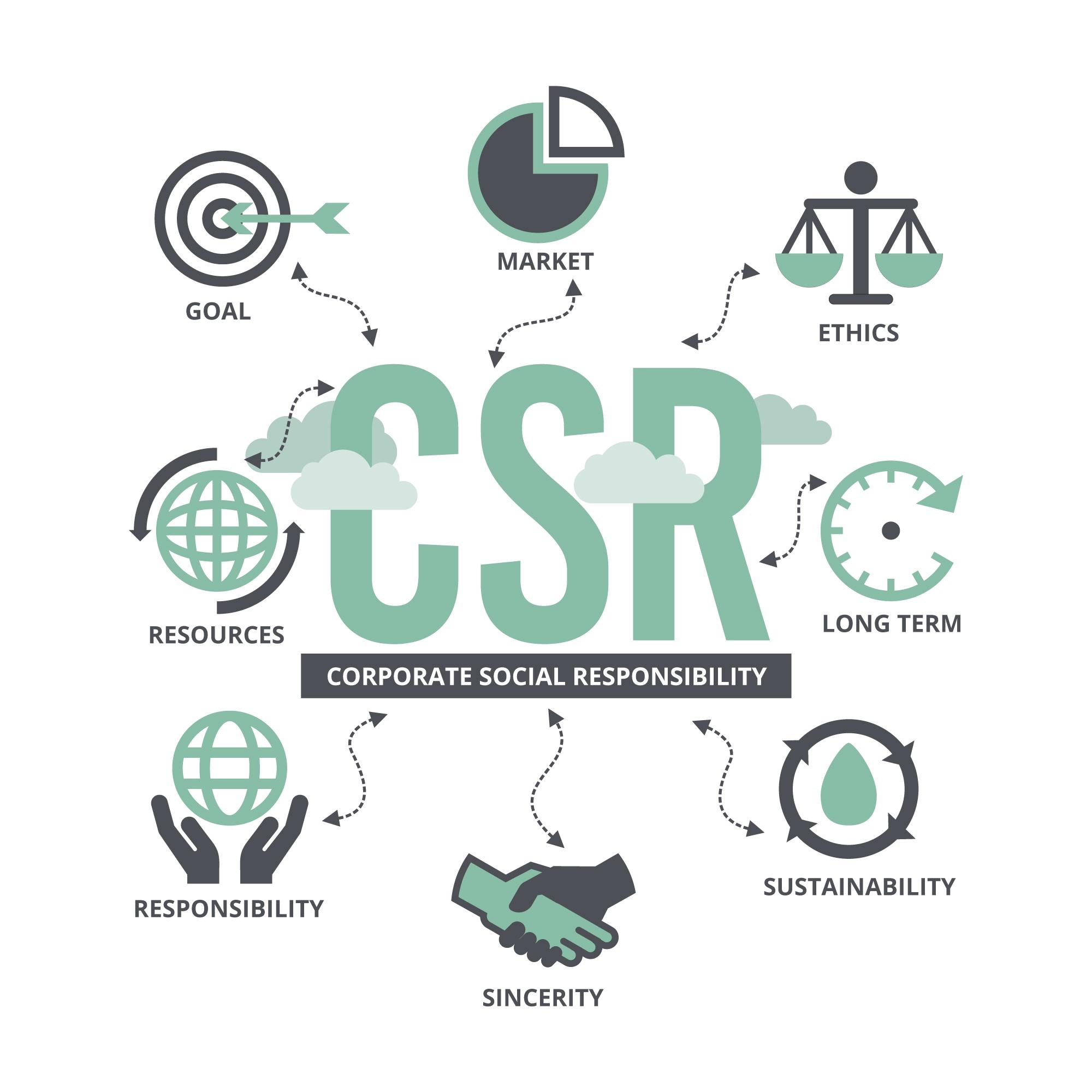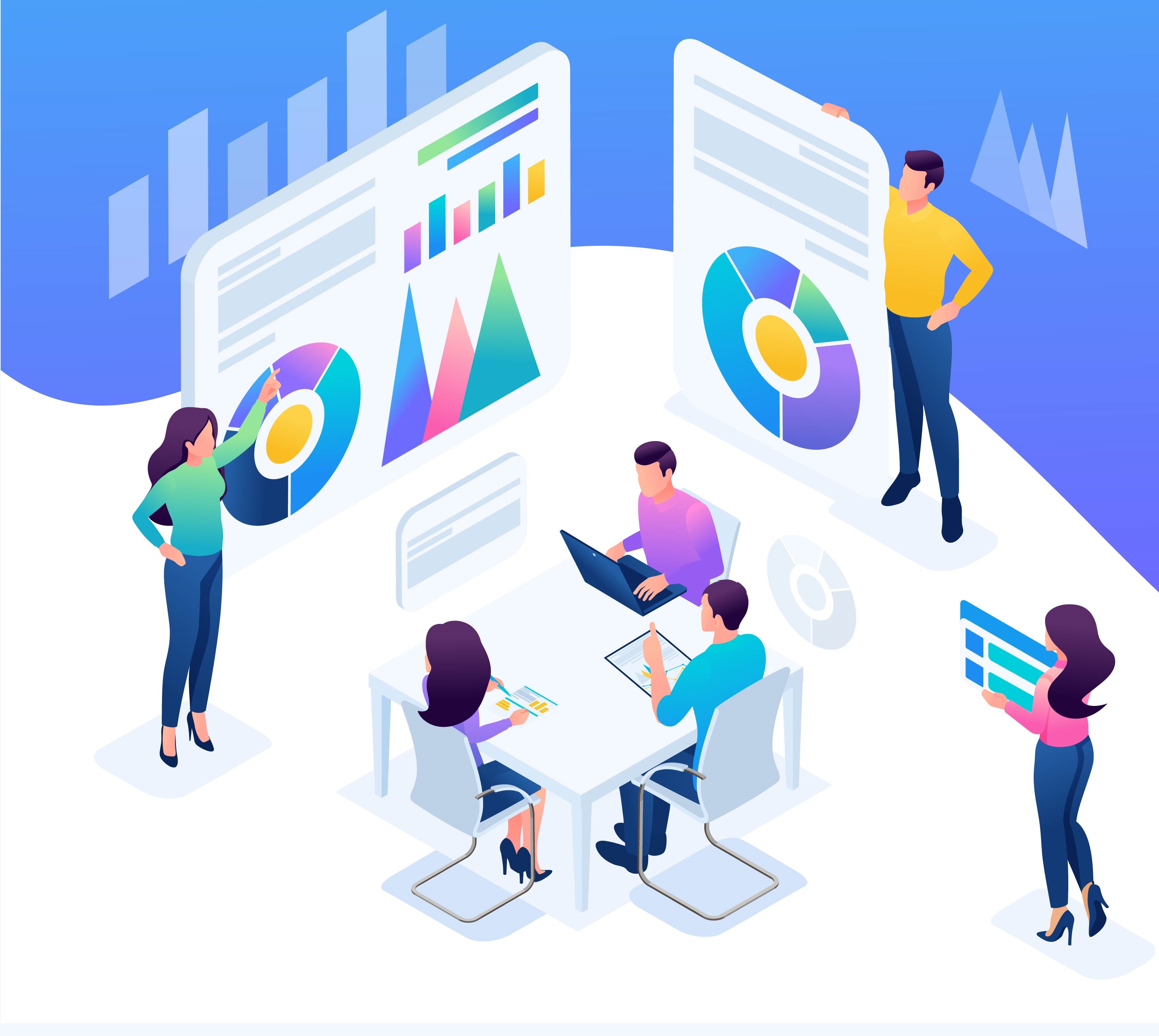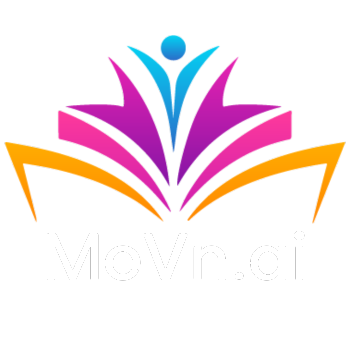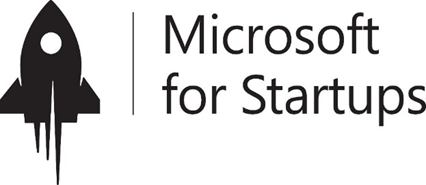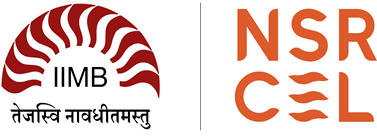Employee Onboarding: Strategies for Seamless Integration and Success

Employee Onboarding: Strategies for Seamless Integration and Success
As a professional deeply enmeshed in the human resources industry, I’ve come to understand the transformational power of a solid employee onboarding experience. It’s not just a routine step in the employment cycle; it’s an essential element that bridges the gap between acquiring talent and cultivating a thriving, long-term workforce within a company. Effective onboarding turns new hires into fully engaged and committed members of a company’s ecosystem, effectively knitting them into the organizational fabric.
For me, creating an onboarding program that resonates with recruits means meticulously crafting every step—from pre-boarding communication to the detailed new employee orientation. It involves fine-tuning the onboarding process by integrating best practices and an intuitive onboarding system, ensuring a smooth assimilation of newcomers. Above all, it’s about instilling a sense of belonging from the get-go.
Looking at the data from BambooHR, an astonishing 80% of employees who rated their onboarding experience as superior held their company in higher regard. This underscores the profound impact a well-orchestrated onboarding checklist can have. It’s my mission to guide companies through the nuances of this vital process and help them embrace effective onboarding as an investment into their company’s future.
Contents:
Key Takeaways
- Onboarding is more than a formality; it’s the foundation for aligning new hires with company culture and expectations.
- An effective onboarding strategy is integral to new employee orientation, enhancing retention and organizational loyalty.
- High-quality onboarding programs are acknowledged by most employees to significantly improve their view of their employer.
- A strategic onboarding checklist aids in cultivating a workforce that is engaged and invested in their roles.
- The seamless onboarding process plays a key role in the financial health of a company, mitigating turnover-related costs.
Understanding the Onboarding Strategy and Its Impact on New Hires
When I delve into the process of onboarding new employees, I always think of it as the art and science of employee integration. My first-hand experiences have revealed that an intentional onboarding process template can set the stage for newfound workplace synergy, turning the apprehension of the first day into a harmonious employee onboarding experience. While many companies recognize the importance of this phase, what truly makes a difference is how the science of onboarding automation blends with the ever-evolving landscape of the human aspect – employee training.
Let’s not underplay the significance; according to the engagement professionals at Gallup, the way a company welcomes its new members can precipitate either a soaring success or an early departure. As such, any organization looking to make strides in employee retention and performance has to consider the implementation of robust employee onboarding software.
Here’s the crux of the matter: a cogent onboarding process isn’t merely transactional; it’s transformational. Why? Because it infuses confidence, cultivates connections, and nurtures competencies, creating a tapestry where employees feel vested from day one. It’s these very elements that can revolutionize a new hire’s trajectory with a company.

The overall impact is multifaceted and encapsulated in the numbers. A study by BambooHR confirms that a staggering portion of employees regards positive onboarding experiences as a hallmark of esteemed corporate identity. These well-onboarded individuals not only tend to outlast their counterparts but also contribute vitally to the vibrancy and advancement of the company. The bottom line here is simple: the finer the onboarding process, the richer the dividends in terms of reduced turnover expenses and bolstered company reputation.
But how does one quantify the effectiveness of onboarding initiatives? Behold, the following table of comparative outcomes that splendidly showcases the palpable difference a strategic approach makes:
| Criteria | Basic Onboarding | Strategic Onboarding |
|---|---|---|
| Employee engagement | Moderate engagement, slower ramp-up | High engagement, quicker assimilation |
| Time to productivity | Extended onboarding period | Accelerated role proficiency |
| Turnover rate | Higher within the first year | Noticeably lower attrition |
| Training effectiveness | Generic training with mixed results | Personalized training, higher task mastery |
| ROI on onboarding | Harder to discern due to turnover costs | Clear positive impact on the bottom line |
Encapsulating the forgoing data, it’s manifestly evident that the orchestration of these onboarding elements can significantly amplify your new hires’ confidence, connectivity, and productivity, and this is no overstatement. Integrating a personalized touchpoint approach with onboarding automation tools can foster a seamless transition, even when steering through the inevitable ebb and flow of scaling a team.
What emboldens my trust in this comprehensive onboarding philosophy isn’t just the software or the systematics alone—it’s the profound understanding that cultivating a welcoming employee environment is a definitive key to not just unlocking potential, but to inviting commitment and fostering an enduring kinship with the organization. As I’ve witnessed time and again, when the foundation is laid with such calculated and empathetic precision, it inevitably seeds long-term organizational growth and employee fulfilment.
Key Elements for a Successful Employee Onboarding Process
As I reflect on countless onboarding processes I’ve contributed to, I can clearly see the patterns of what constitutes a remarkable onboarding experience. It’s about meticulously drafting each phase to bridge the gap between newcomer excitement and long-term employee engagement. Here’s what I’ve learned about the key elements of a successful onboarding strategy:
The Role of Pre-Boarding in Setting the Stage
My journey with each new hire begins with an effective pre-boarding phase, which lays out the substantive framework for the entire onboarding experience. A welcome email to a new employee is more than just a friendly gesture—it sets an anticipatory tone and equips them with a sense of preparedness. From supplying a comprehensive new hire checklist to discussing company culture and expectations, I work on ensuring that all recruits understand logistical nuances and dress codes before they step into the office. This phase is crucial in reducing new employee anxieties and fostering a sense of belonging from day one.
- The delivery of an onboarding checklist template reduces documentation stress.
- Communication on what to expect during onboarding cuts through the noise of first-day nerves.
- Early engagement is key for building excitement and commitment.
Creating a Welcoming First Day Experience
Nothing says ‘welcome’ better than a thoughtfully curated first day that echoes the company’s commitment to its employees. The magic lies in the details—a personalized welcome kit, a comprehensive orientation session, and heartfelt greetings from future colleagues. This is how I aim to integrate new hires into our vibrant company culture. It’s about creating immersive onboarding activities that paint a clear picture of the company’s past, its values, and the direction it’s heading towards.
A mighty oak is just a little nut that stood its ground. It’s my goal to give each new hire that same potential to grow strong roots within our company, and it starts on day one.
Personalized Training and Mentorship Programs
Personalization is ingrained in the very essence of the development programs I champion. Through personalized training, every new hire is given the tools to succeed, handpicked to align with their individual strengths and learning preferences. Additionally, engaging mentorship relationships are fostered to support the professional journey of each recruit.
Whether they’re joining us in the office or as part of our remote employee onboarding initiative, these training and mentorship programs are designed to infuse new members with the knowledge and confidence needed to excel. It’s the bridge from learning to doing—an onboarding process example others aspire to emulate.
- Assessment of individual learning styles for delivering personalized training.
- Development of an onboarding videoseries to introduce company ethos and basic skills.
- Implementation of mentorshippairings for ongoing guidance and career development.
By understanding and maximizing these elements—the anticipatory thrust of pre-boarding, the heartfelt reception on day one, and the tailored ascent via training and mentorship—I foster an onboarding paradigm that inherently values and empowers each new team member.
| Onboarding Phase | Primary Goals | Key Activities |
|---|---|---|
| Pre-Boarding | Ease anxiety, establish expectations | Welcome email, document preparation, company introduction |
| First Day Experience | Foster belonging, introduce culture | Warm greetings, welcome kit, office tour |
| Training & Mentorship | Accelerate competency, promote growth | Personalized training modules, mentor-mentee pairing |
Above all else, I’ve learned that cultivating these vital onboarding strategies—seamless pre-boarding communications, impactful first-day experiences, and robust personalized training with supportive mentorship—composes the harmony of a successful employee onboarding process flow. It’s an art that, when perfected, can usher in unparalleled levels of engagement and efficiency within an organization’s ranks
Utilizing Technology and Best Practices in Onboarding
As someone who’s entrenched in the nuanced world of human resources, I can speak to the revolutionary impact of integrating technology like onboarding software within the framework of the employee induction process. It’s a game-changer, catapulting the effectiveness of onboarding programs to new heights. Harnessing the prowess of onboarding automation, we have shifted gears from the traditional maze of paperwork to an era where everything is streamlined and, more importantly, extremely engaging for the new hires.

In my practice, I look to employee onboarding software as a trusted ally in scripting the success stories of countless professionals as they embark on their journeys with new organizations. By adopting these innovative systems, HR departments everywhere are putting forth an onboarding template that speaks volumes about the company’s dedication to efficiency and employee experience. It’s no longer about overwhelming new joiners with a barrage of onboarding documents; it’s about ushering them into their roles with sophistication and support.
Embracing technology is akin to setting the sails in the right direction for your corporate vessel; it ensures everyone on board is geared for the voyage ahead.
- The transformation from paper-heavy onboarding to digital efficiency is clear and compelling.
- Automation in the onboarding process presents an opportunity to truly personalize the experience.
- Every new hire is met with an array of tools at their fingertips, thanks to robust onboarding platforms.
But it’s not just about having the technology; it’s about utilizing it to its full potential. Automation is the wind beneath the wings of an effective onboarding strategy—it ensures that no step is missed and every new employee feels guided and valued. The result? A workforce that’s quickly up to speed and ready to contribute.
Now, let’s put this into perspective with an illustrative example. Imagine you’re crafting an onboarding experience—your goal is not just to inform but to excite and engage. Here’s how I leverage technology to create that impact:
| Onboarding Element | Without Technology | With Onboarding Automation |
|---|---|---|
| Information Delivery | Manual distribution of documents | Instant access to digital onboarding materials |
| Training | In-person sessions with limited schedules | Interactive e-learning available on-demand |
| Feedback Collection | Delayed via paper forms and manual compilation | Real-time digital surveys and analytics |
| Progress Tracking | Ad hoc status meetings and updates | Sophisticated dashboards and reports |
| Task Management | Printed checklists subject to loss or damage | Mobile-friendly digital action items and notifications |
To me, each new hire is a fresh chapter in an epic narrative—their success and the company’s growth are interwoven in a grand tapestry. And with the precise calibration of onboarding tools, I take pride in ensuring that each thread is purposefully placed, set to endure and contribute to the larger story of the organization.
Conclusion: The Lasting Impressions of an Onboarding Journey
In carving the path for new hires, I’ve learned to intertwine the practicality of an onboarding checklist with the finesse of personalized interactions. Reflecting upon this excursion, it’s evident that nurturing a well-planned onboarding program is pivotal for recruits to transition smoothly into their new roles and the company culture. Layers of orientation, refined through onboarding best practices, go a long way in fostering quick and effective integration. It’s equally rewarding to see how a systematic approach to onboarding amplifies employee confidence, engagement, and retention, reducing the cost of onboarding a new employee in the long term.
Through my journey, I have utilized onboarding automation to craft experiences where the emotional fabric of a new hire’s commitment is stitched precisely into the company’s growth narrative. Each step, from that first follow-up email for the onboarding process to the structured mentorship programs, is orchestrated to ensure that employees are set for early and enduring success. The fabric of initial interactions, the investment in hands-on learning, and consistent encouragement have repeatedly proven to be instrumental in maintaining a robust and engaged workforce.
As I conclude, the narrative comes full circle, acknowledging the significance of those first impressions crafted through a well-rounded onboarding experience. The companies that resonate most profoundly with their workforce are those that view each new hire as a unique character in their unfolding story—a story which can be significantly influenced by how thoughtfully we design the bridge from newcomer to integral team member. It’s clear: a strategic, holistic approach to onboarding is more than a process—it’s a promise of growth and a declaration of the value we place on our most precious asset, our employees.
FAQ
Employee onboarding is the process of integrating new employees into an organization, including familiarizing them with the company culture, expectations, and their specific roles. It encompasses everything from the initial welcome to providing the tools and training needed for their success.
An effective onboarding program is crucial because it sets the stage for a new hire's future at the company. It can significantly impact their ability to integrate successfully, understand their role, connect with their colleagues, and contribute to the company's goals, ultimately affecting retention and job satisfaction.
Some onboarding best practices include starting the process before the employee's first day (pre-boarding), personalizing the orientation to their role, setting clear expectations, providing a structured training program, using mentorship, and continuously following up to provide support and gather feedback.
Yes, onboarding software can streamline the process, automating routine tasks, facilitating document management, and providing an interactive platform for new hires to learn about the company. This can improve efficiency, engagement, and help new employees feel supported throughout the process.
Pre-boarding refers to the steps taken before an employee's first day, such as providing important information, completing paperwork, and setting expectations. This phase can ease anxiety, help new hires feel more prepared, and enable them to hit the ground running when they start.
A welcome email should include a warm greeting, key information about the first day, what to expect in the beginning stages of employment, and any documents they need to review or complete. It sets a positive tone and starts building the relationship with the new hire.
The cost of onboarding a new employee varies depending on the company and industry but includes expenses related to training, time spent by HR and other employees in the process, materials, and lost productivity during ramp-up time. Investing in a thorough onboarding program can reduce these costs in the long run by improving retention and speeding up time-to-productivity.
Technology enables onboarding automation by managing repetitive tasks such as sending out onboarding documents, scheduling training sessions, and tracking progress. It ensures a consistent experience for all new hires and frees up HR professionals to focus on personalized interactions.
A welcoming first-day experience can be created by building a warm and friendly atmosphere, planning introductions to key team members, organizing a tour of the office, and ensuring the new hire has a clear schedule for the day. Providing a welcome kit and setting up their workspace also contribute to a positive start.
Personalized training during onboarding means tailoring the learning and development process to the specific needs, skills, and career goals of the new employee. This might involve one-on-one mentorship, customized training modules, or adapting the pace of training to the individual's learning style.
Employee Onboarding: Strategies for Seamless Integration and Success

Customer Onboarding Strategies: Enhancing Engagement and Retention from Day One


